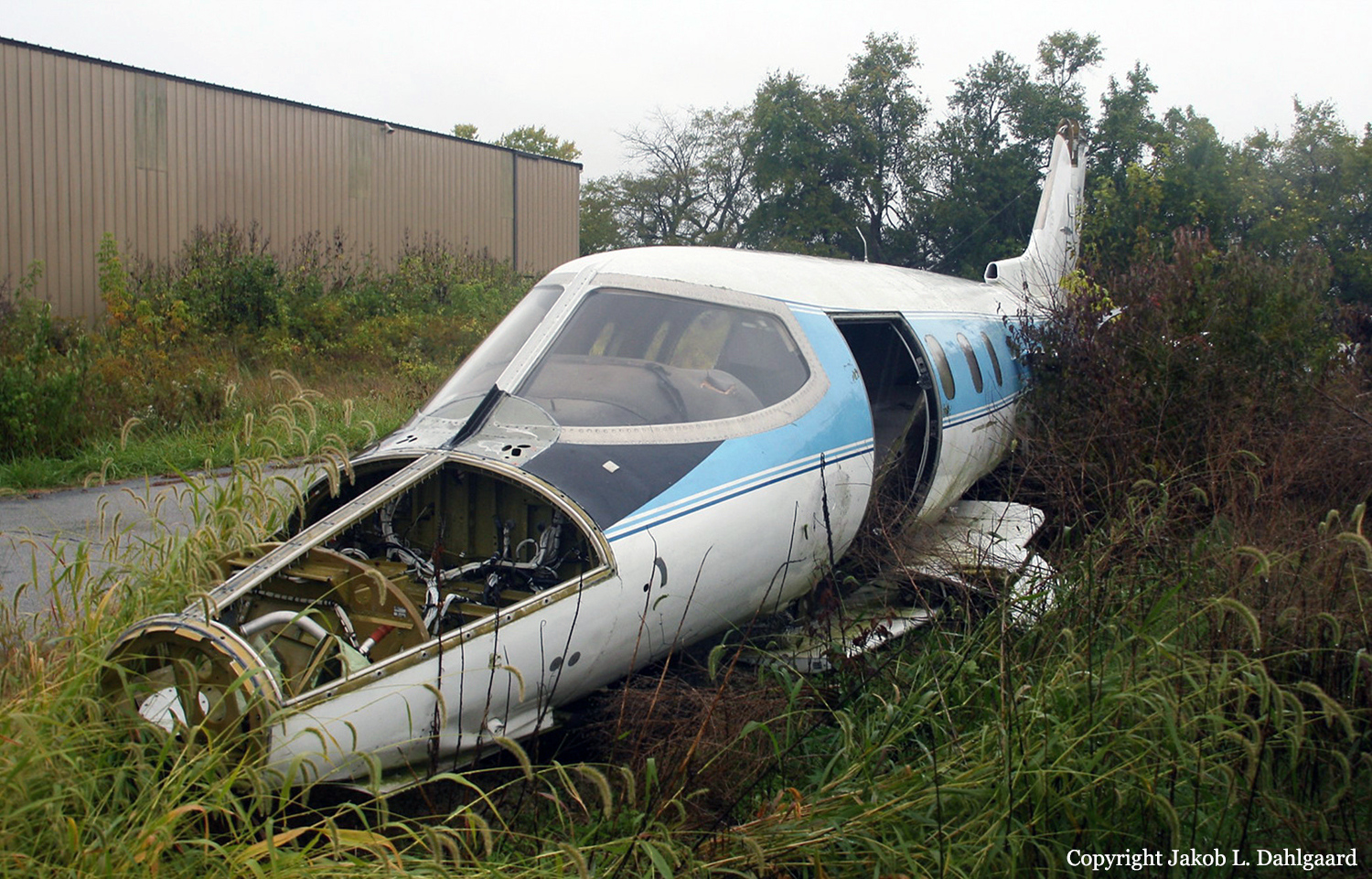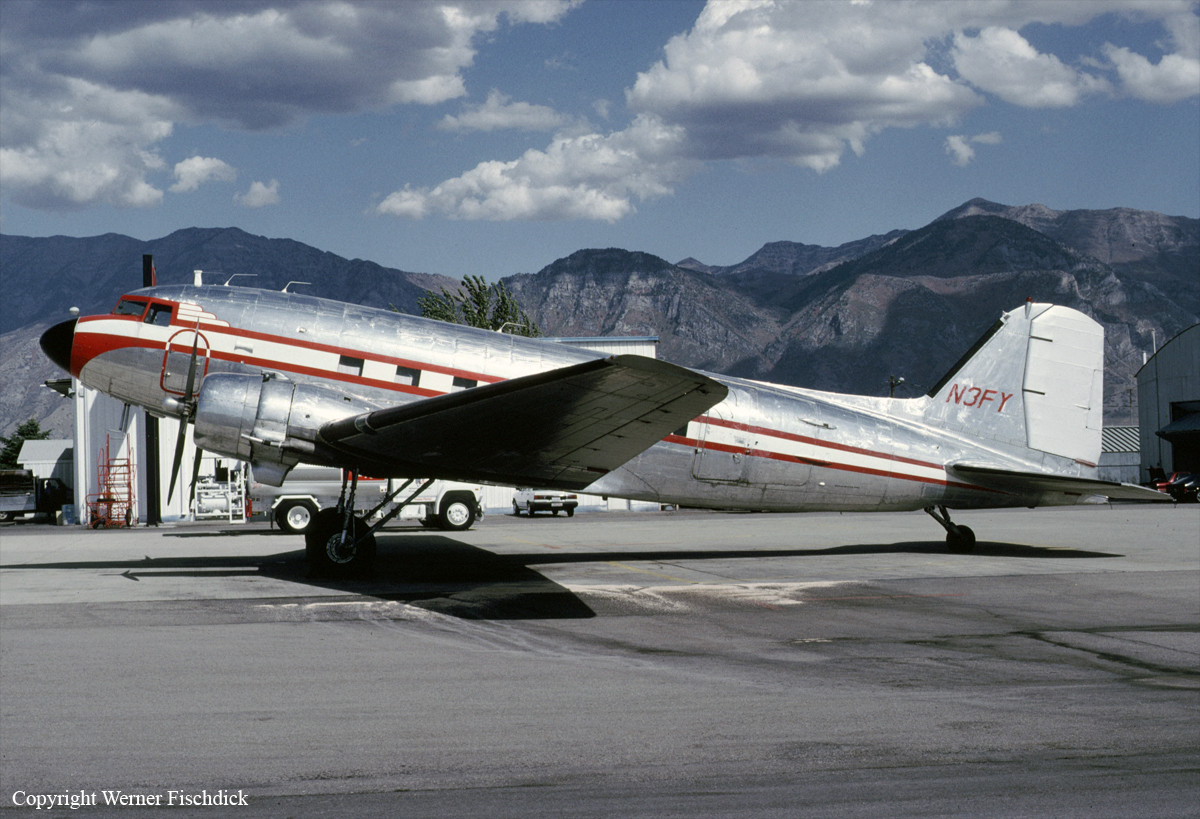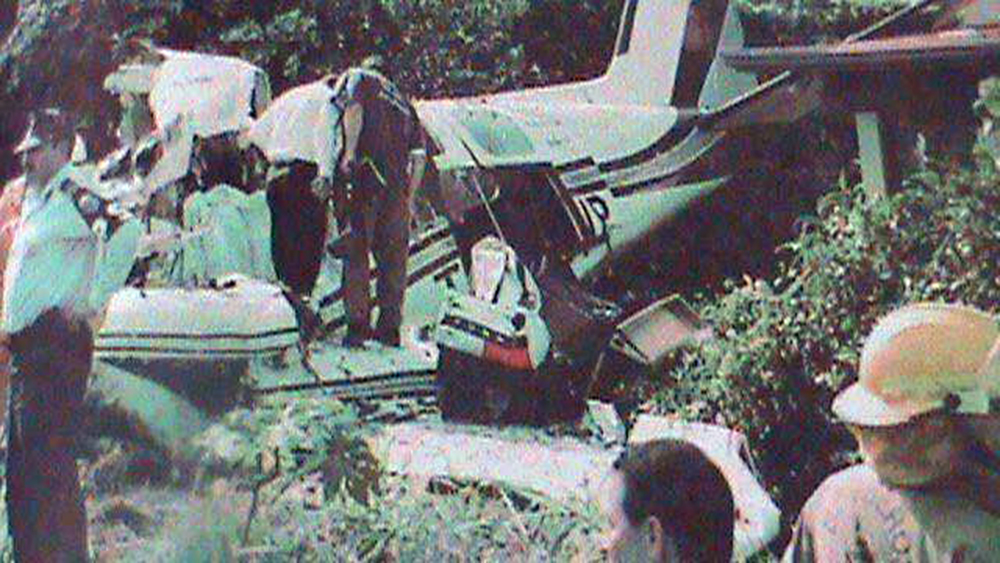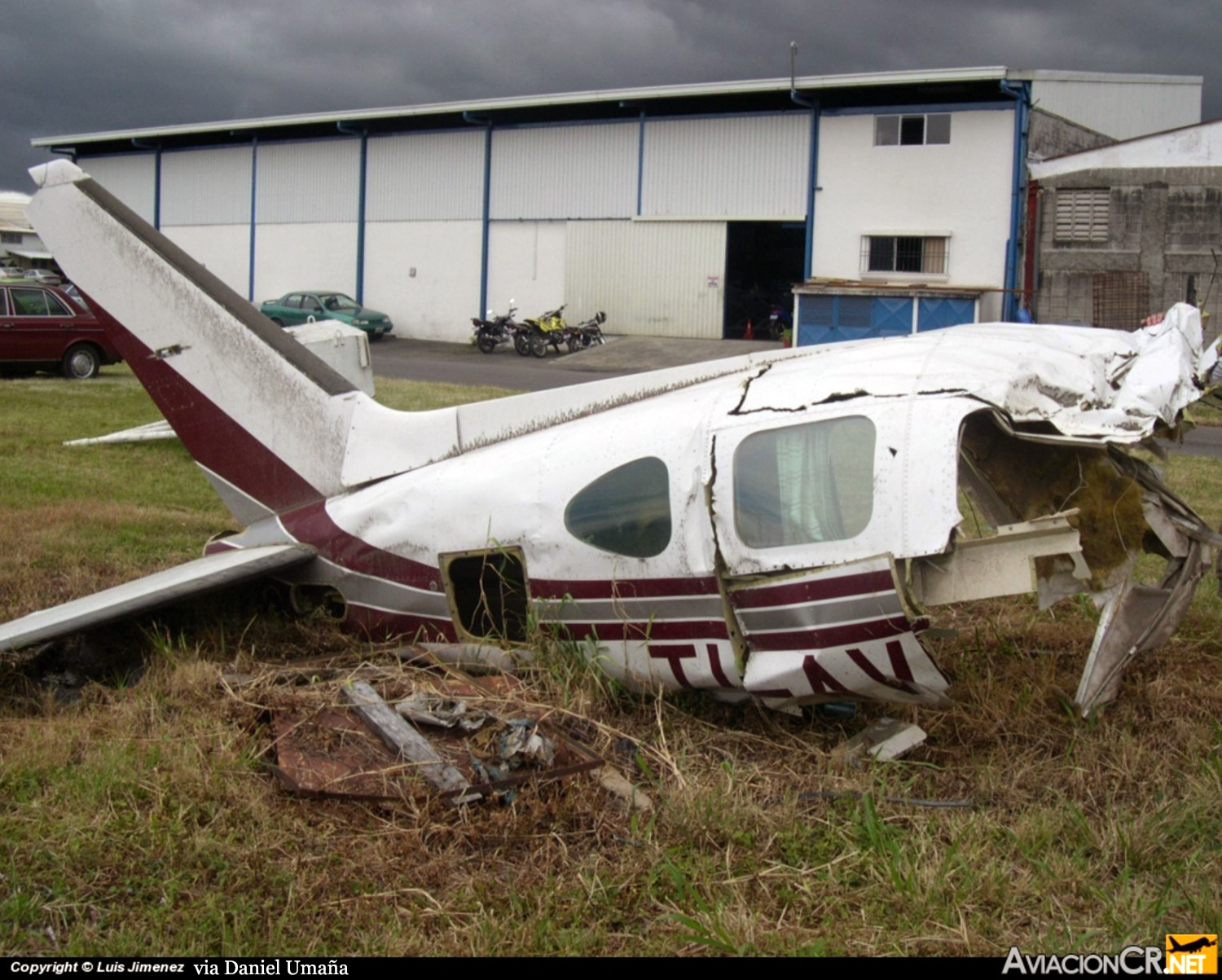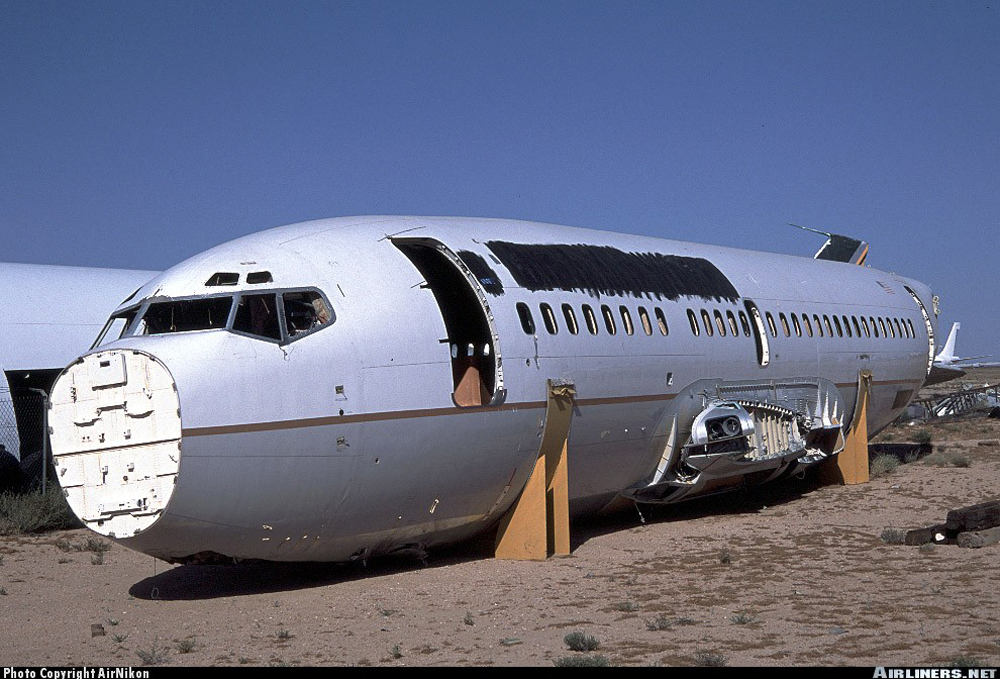Crash of a Learjet 24D in Mexico City
Date & Time:
Nov 20, 1998
Registration:
MTX-02
Survivors:
Yes
Schedule:
Mexico City - Veracruz
MSN:
24-313
YOM:
1975
Crew on board:
2
Crew fatalities:
Pax on board:
5
Pax fatalities:
Other fatalities:
Total fatalities:
0
Circumstances:
During the takeoff roll at Mexico City-Benito Juárez Airport, at Vr, the pilot-in-command initiated the rotation but the aircraft failed to respond. For unknown reasons, the crew wait few seconds and attempted a second rotation but the aircraft still failed to respond. The captain decided to abort the takeoff and started an emergency braking procedure, deploying the tail parachute. Approaching the end of the runway, the pilot made a left turn then the aircraft veered off runway, lost its undercarriage and came to rest 150 metres further, bursting into flames. All seven occupants escaped uninjured while the aircraft was damaged beyond repair.
